The myth of Narcissus, a tale woven into the fabric of Greek mythology, serves as the origin of the term "narcissism" and offers a profound exploration of self-love and its consequences. This ancient story, passed down through generations, is more than just a cautionary tale—it is a reflection of human nature, vanity, and the delicate balance between admiration and obsession. The legend’s connection to the delicate white flower, the narcissus, adds a layer of botanical symbolism that has endured for centuries.
In the heart of Greek mythology, Narcissus was a youth of extraordinary beauty, born to the river god Cephissus and the nymph Liriope. From the moment of his birth, it was foretold that he would live a long life—but only if he never came to know himself. This prophecy, delivered by the blind seer Tiresias, set the stage for a tragedy that would intertwine human emotion with the natural world. Narcissus grew to be so breathtakingly handsome that all who gazed upon him fell in love, yet he remained indifferent, even cruel, to their affections.
Among those who longed for Narcissus was the nymph Echo, cursed by Hera to only repeat the words of others. Unable to express her own feelings, she followed him through the woods, repeating his phrases in a desperate attempt to connect. When Narcissus finally noticed her and scorned her advances, Echo wasted away, her body dissolving until only her voice remained. This moment of rejection marked the beginning of Narcissus’s undoing—a divine retribution for his heartlessness.
The turning point came when Nemesis, the goddess of vengeance, intervened. Hearing the prayers of those spurned by Narcissus, she lured him to a tranquil pool of water. There, as he bent to drink, he caught sight of his own reflection and became entranced. Unaware that it was merely an image, he fell deeply in love with the figure in the water, unable to tear himself away. Days passed as he stared, unblinking, at his own face, his obsession growing until he realized the cruel truth: the object of his desire was unattainable.
In his despair, Narcissus wept, and as his tears disturbed the water, his reflection blurred. The realization that he could never possess the beauty he adored shattered him. Some versions of the myth say he died by the pool, his body fading into the earth, while others claim he took his own life in grief. But from the spot where he perished, a flower sprang forth—a slender, white-petaled bloom with a golden center, forever bowing as if gazing at its own reflection. This flower, the narcissus, became a symbol of his tragedy and the dangers of unchecked self-love.
The psychological implications of this myth are undeniable. The term narcissism, derived from Narcissus’s story, describes an excessive preoccupation with oneself, often at the expense of others. Modern psychology, particularly the work of Sigmund Freud, has expanded on this concept, identifying narcissistic traits as both a personality characteristic and, in extreme cases, a disorder. Yet the ancient Greeks needed no clinical terminology to understand the peril of vanity—they saw it embodied in Narcissus’s fate.
Beyond its psychological resonance, the myth also explores themes of identity and perception. Narcissus, in falling for his reflection, was essentially chasing an illusion—a distorted version of reality. This raises questions about how we see ourselves and whether true self-awareness is possible. Are we, like Narcissus, doomed to misinterpret our own image, or can we break free from the pool’s deceptive surface?
The narcissus flower itself carries its own symbolism. In different cultures, it has represented renewal, hope, and even death. The Greeks associated it with the underworld, believing it to be a token of Persephone’s abduction by Hades. Yet its connection to Narcissus’s story gives it a dual meaning—beauty and tragedy intertwined. The flower’s tendency to grow near water, bending as if to admire itself, mirrors the youth’s fatal obsession.
Art and literature have revisited Narcissus’s tale countless times, from Ovid’s Metamorphoses to modern reinterpretations in poetry and painting. Each retelling adds nuance, whether framing Narcissus as a victim of the gods’ cruelty or as a cautionary figure whose downfall was inevitable. The myth’s adaptability speaks to its timeless relevance—vanity and self-destruction are themes that transcend eras.
Ultimately, the story of Narcissus is a meditation on the dangers of excessive self-admiration, but it also hints at something deeper: the human need for connection. Narcissus’s tragedy was not just his love for himself, but his inability to love anyone else. In a world where self-obsession is often encouraged—through social media, consumer culture, and the cult of individualism—the myth serves as a reminder that true fulfillment lies beyond the reflection in the water.

By /May 21, 2025
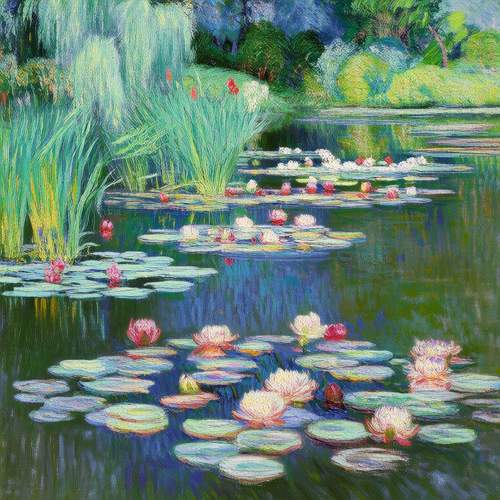
By /May 21, 2025
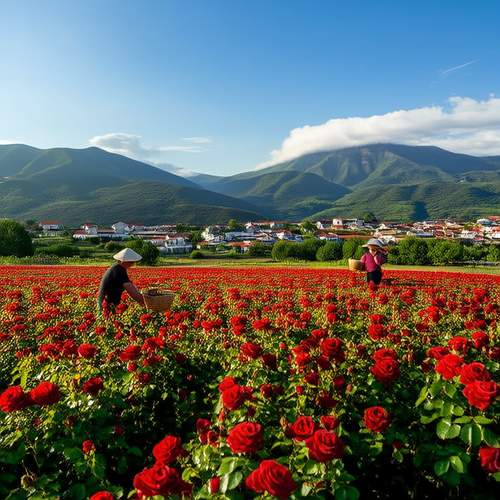
By /May 21, 2025
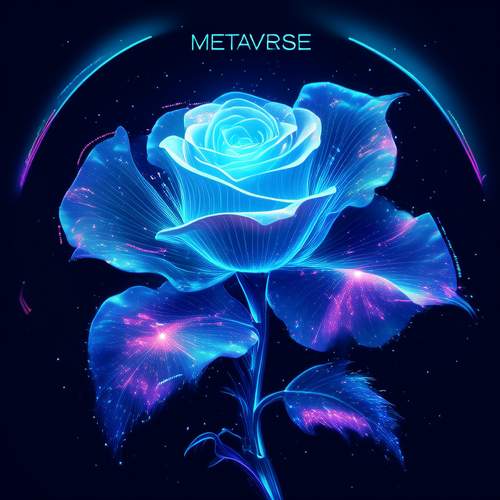
By /May 21, 2025
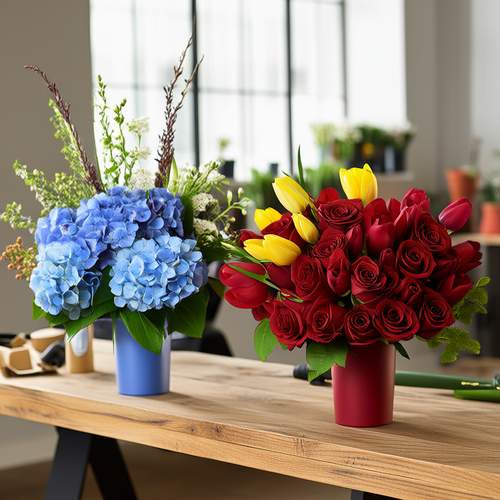
By /May 21, 2025
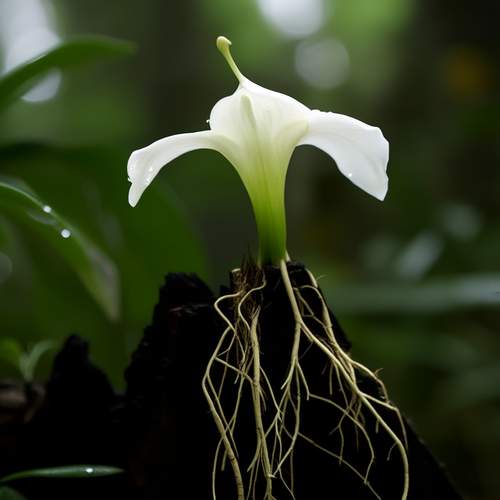
By /May 21, 2025
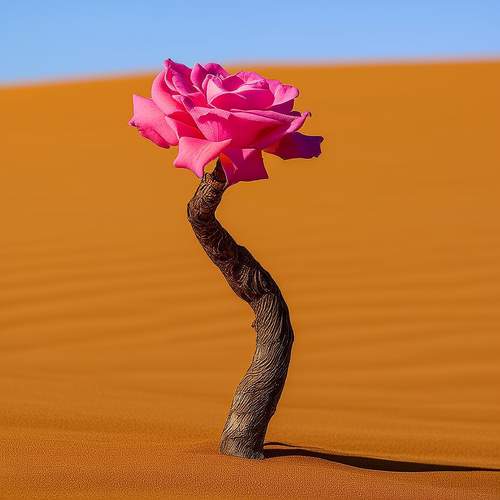
By /May 21, 2025
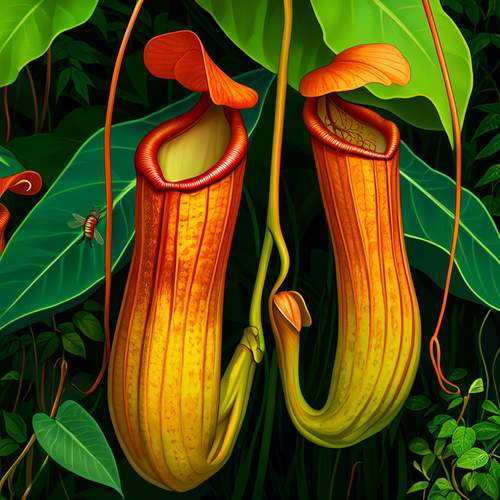
By /May 21, 2025
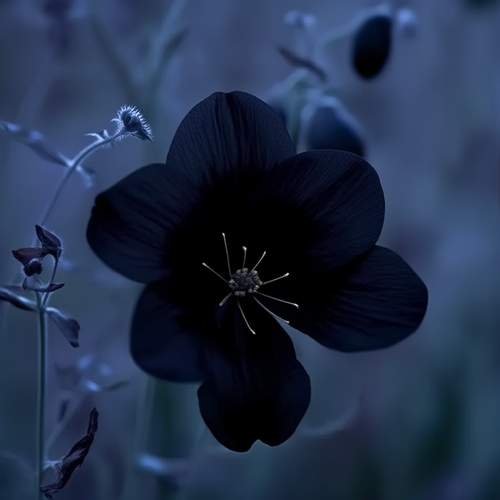
By /May 21, 2025
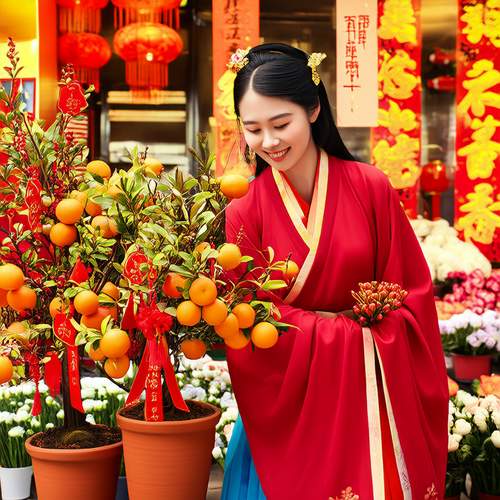
By /May 21, 2025
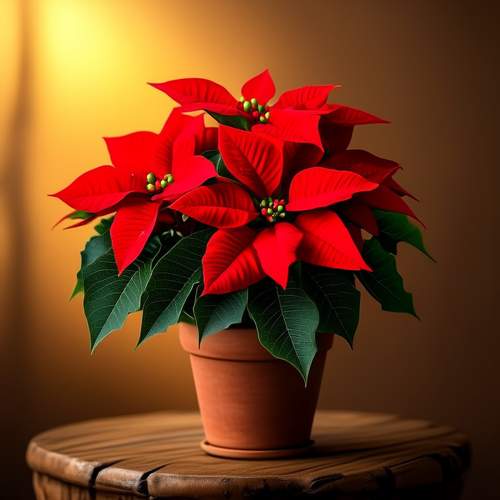
By /May 21, 2025

By /May 21, 2025

By /May 21, 2025

By /May 21, 2025
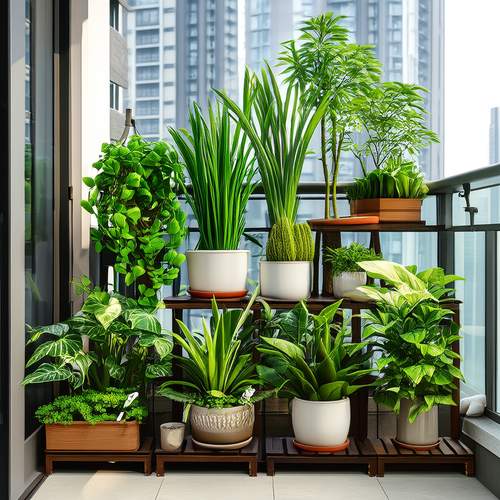
By /May 21, 2025
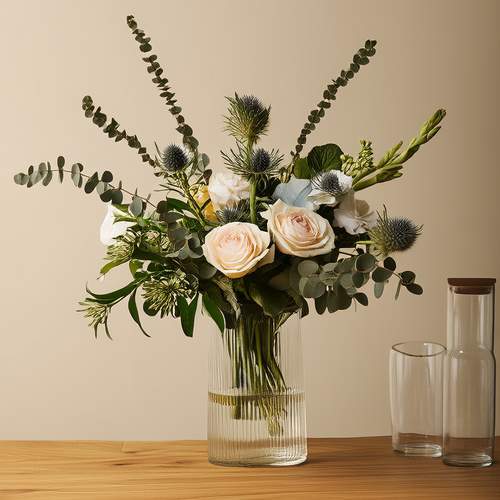
By /May 21, 2025

By /May 21, 2025

By /May 21, 2025
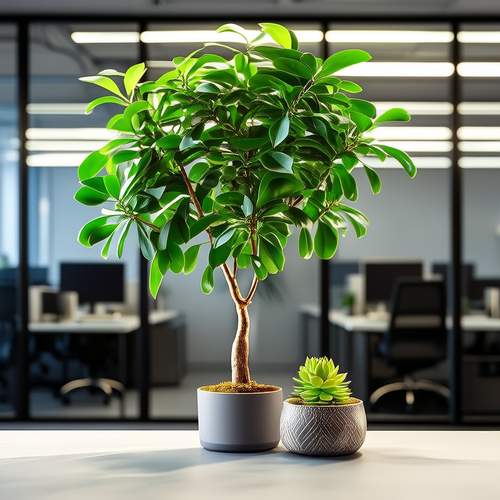
By /May 21, 2025
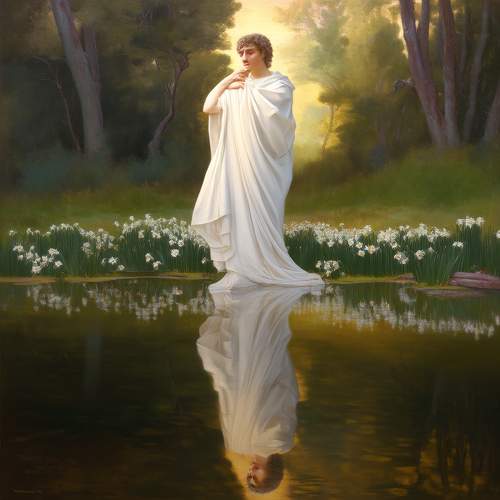
By /May 21, 2025